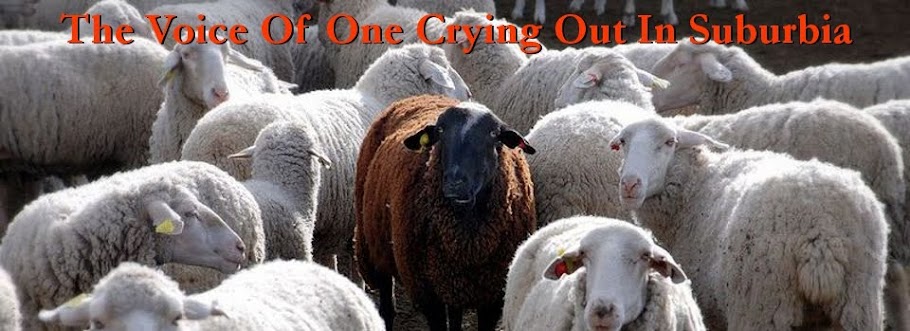 Not everyone buys into the rehabilitation of the image of Vietnam. Nick Turse's book, Kill Anything That Moves, is an effort to dig through the massive data of reports and personal accounts with a singular focus. This book is an effort to show that the well publicized massacre of civilians known as the My Lai massacre where hundreds of unarmed Vietnamese were slaughtered by U.S. forces was not, as it is often portrayed, an outlier but instead the most visible symbol of a broader policy of intentional targeting of civilians by U.S. forces.
Not everyone buys into the rehabilitation of the image of Vietnam. Nick Turse's book, Kill Anything That Moves, is an effort to dig through the massive data of reports and personal accounts with a singular focus. This book is an effort to show that the well publicized massacre of civilians known as the My Lai massacre where hundreds of unarmed Vietnamese were slaughtered by U.S. forces was not, as it is often portrayed, an outlier but instead the most visible symbol of a broader policy of intentional targeting of civilians by U.S. forces.Kill Anything That Moves is a difficult read. Page after page of data painstakingly researched accounts lay out in grisly detail killings, rape, torture and economic devastation wrought on the Vietnamese people who were largely agrarian and just wanted to farm in peace and be left alone. Especially horrific are the stories of the weapons of Vietnam like napalm and white phosphorous rounds that killed in a terrible way and left horribly maimed many others "lucky" enough to survive. Equally disturbing are the witness recollections of the callous way that Vietnamese civilians were killed, raped or wounded without a second thought. It is not a book for light reading on a rainy day.
This book can come across as a slap in the face to U.S. servicemen in Vietnam. I don't know that Turse intended it to be that way as he takes great pains to show that the culture of targeting civilians or at least the complete disregard for civilian casualties came from higher up in the command hierarchy, a culture that took young men who months earlier were in high school, breaking them down psychologically and then rebuilding them to kill, dehumanizing the Vietnamese people as sub-human "gooks". I cannot imagine being taken from my hometown in Ohio as an 18 year old, being shipped around the world to Vietnam and then spending the next few years in constant fear of an enemy that you could rarely see, watching friends and members of your unit killed with no real way to retaliate. In light of that you can see how it would be easy to manipulate young men to seek after "body counts" and to convince them that every Vietnamese was a potential Viet Cong. That is not to excuse the callous actions of an unfortunately large number of American serviceman. The armed forces, in spite of efforts to paint them as an entirely noble group, are like any other large population. There are some great and noble members but also some absolutely depraved individuals who apparently found in Vietnam a legal outlet to engage in cruelty. I think most were in-between, just frightened young men who wanted to get home and were taught to obey orders without question.
What remains largely unsaid in this book is the "why" of Vietnam. That is a topic for other books I suppose. Why Vietnam? Who wanted us there and why did we stay so long? You can see the pattern developing of immense overkill, helicopters, jets, tanks, warships and even individual infantrymen with grenade launchers, M-60s and M-16s able to put out an incredible amount of firepower versus a borderline primitive enemy. We saw what that looked like when the enemy couldn't hide in the two Iraq wars, a technologically superior superpower steamrolling the entire combined armed forces of a sizable nation in a matter of days. In Vietnam that superiority mostly meant it was easier to inflict collateral damage on civilians rather than defeating the enemy in open battle. Still we poured an incredible amount of ordinance onto an enemy we couldn't even. As Turse reports: "'In all, the United States expended close to 30 billion pounds of munitions in Southeast Asia over the course of the war." (page 93) 30 billion pounds of munitions is a number so big as to be incomprehensible. Who benefited from this obviously ineffective style of warfare where munitions were expended at an unbelievable rate and the newest weapons of warfare were given a fertile testing ground? As always, follow the money and you often find your answer.
Kill Anything That Moves is not a book for everyone. It tells an uncomfortable tale with a clear agenda. Regardless of your opinion of Turse or his motivations this is a glimpse into an ugly event that has shaped American culture for decades since. For me it was unpleasant to read but a necessary one, one that helps me to understand the underlying motivations of those who benefited and profited from a horrific war.

No comments:
Post a Comment